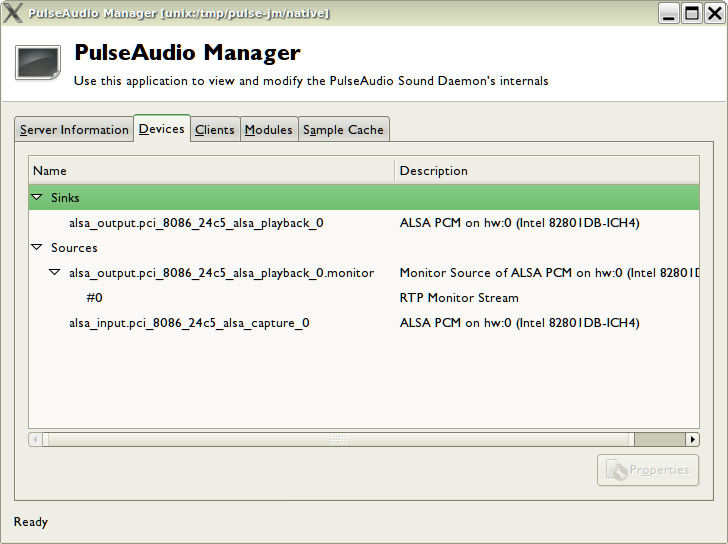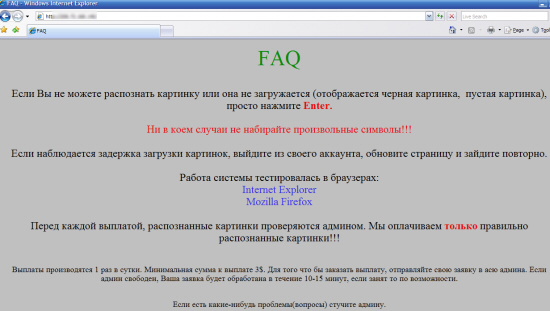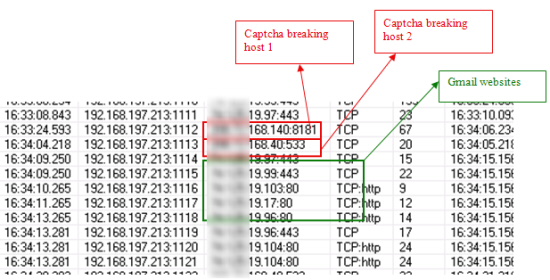I’ve just fixed a bug on my linux desktop which had been annoying me for a
while. Since there seems to be little online written about it, here’s a blog
post to help future Googlers.
Here’s the symptoms: while you’re running VMWare, your
Vim editing sessions freeze up for 20 seconds or so,
roughly every 5 minutes. The editor is entirely hung.
If you strace -p the process ID before the hang occurs, you’ll see
something like this:
select(6, [0 3 5], NULL, [0 3], {0, 0}) = 0 (Timeout)
select(6, [0 3 5], NULL, [0 3], {0, 0}) = 0 (Timeout)
select(6, [0 3 5], NULL, [0 3], {0, 0}) = 0 (Timeout)
_llseek(7, 4096, [4096], SEEK_SET) = 0
write(7, "tp\21\0\377\0\0\0\2\0\0\0|\0\0\0\1\0\0\0\1\0\0\0\6\0\0"..., 4096) = 4096
ioctl(0, SNDCTL_TMR_TIMEBASE or TCGETS, {B38400 opost -isig -icanon -echo ...}) = 0
select(6, [0 3 5], NULL, [0 3], {0, 0}) = 0 (Timeout)
_llseek(7, 20480, [20480], SEEK_SET) = 0
write(7, "ad\0\0\245\4\0\0\341\5\0\0\0\20\0\0J\0\0\0\250\17\0\0\247"..., 4096) = 4096
ioctl(0, SNDCTL_TMR_TIMEBASE or TCGETS, {B38400 opost -isig -icanon -echo ...}) = 0
select(6, [0 3 5], NULL, [0 3], {0, 0}) = 0 (Timeout)
fsync(
In other words, the hung process is sitting in an
fsync() call, attempting to flush changed data
for the current file to disk.
Investigation threw up the following: a kerneltrap thread about disk activity, poor responsiveness with Firefox 3.0b3 on linux, and a VIM bug report regarding this feature interfering with laptop-mode and spun-down hard disks.
VMWare must be issuing lots of unsynced I/O, so when Vim issues its fsync() or sync()
call, it needs to wait for the VMWare I/O to complete before it can return — even though
the machine is otherwise idle. A bit of a Linux kernel (or specifically, ext3) misfeature, it seems.
Synthesising details from those threads comes up with this fix: edit your ~/.vimrc and add the following lines —
set swapsync=
set nofsync
This will inhibit use of both fsync() and sync() by Vim, and the problem is avoided nicely.
Update: one of the Firefox developers discusses how this affects FF 3.0.




